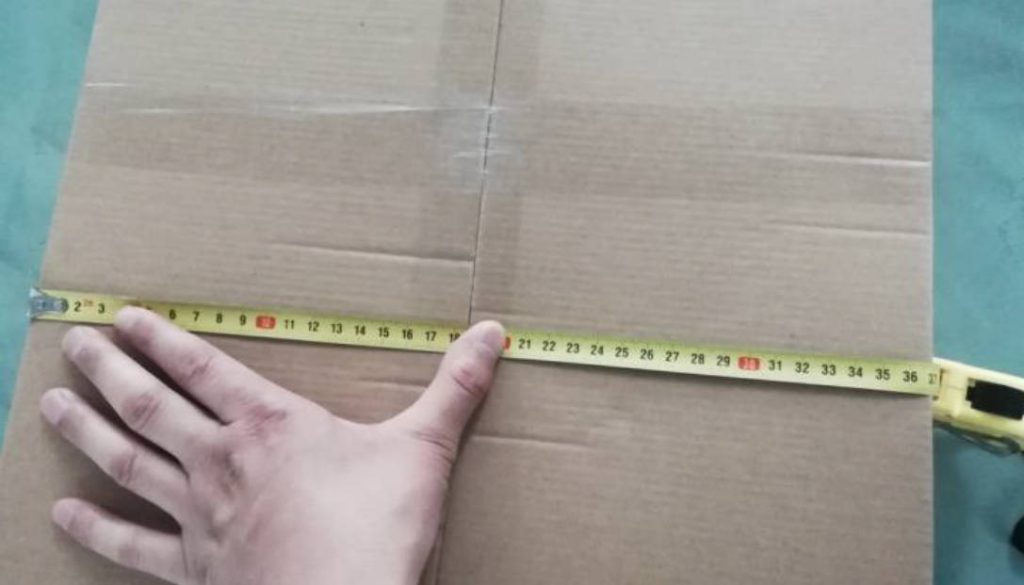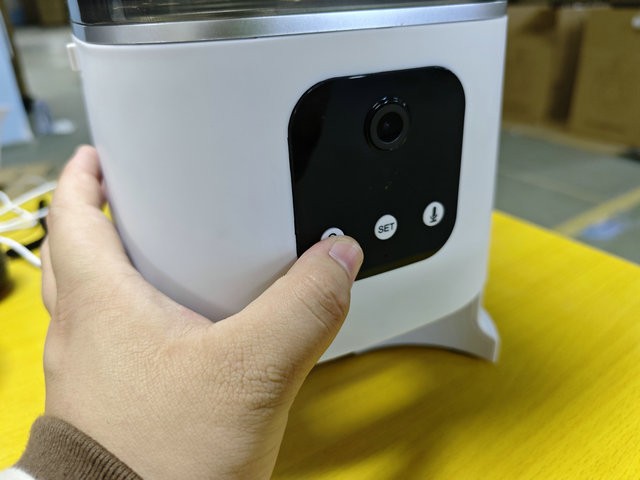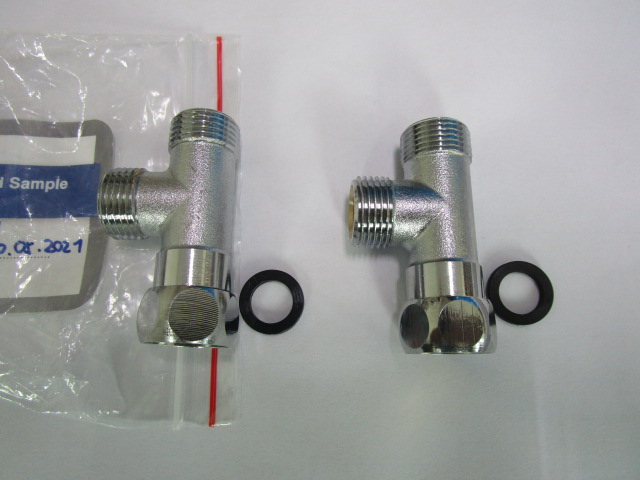Inspecting and verifying packing and packaging is a crucial step in the quality control process, ensuring products are protected during transit and reach the consumer in perfect condition. This inspection not only safeguards the product but also reinforces brand reputation by ensuring customers receive their purchases in pristine, expected condition. Here’s how to conduct an effective packing and packaging inspection and verification process.

Contents
1. Understanding Packing and Packaging Standards
Before commencing the inspection, it’s essential to understand the relevant standards for packing and packaging. These standards could be internal company specifications, customer requirements, or international standards such as ISO 11607 for packaging for terminally sterilized medical devices. Knowing these standards helps inspectors identify what criteria the packaging must meet, including material strength, durability, and environmental considerations.
2. Preparing for Inspection
Preparation involves assembling the necessary tools and documentation for the inspection. Tools might include measuring tapes, scales for weight, and devices to measure humidity or temperature conditions inside the packaging. Documentation should include the packaging specifications, checklists, and any relevant quality standards. Having all necessary resources ready ensures a thorough and efficient inspection process.
3. Visual Inspection
The first step in the inspection process is a comprehensive visual examination. Inspectors should check for any visible defects such as tears, dents, or punctures in the packaging. They should also verify that the packaging materials are correct as per specifications and that all required labeling (such as handling instructions and hazard warnings) is present and legible. This step ensures that the packaging meets basic visual standards and that the product is properly presented.
4. Dimensional Verification
Next, inspectors should verify the dimensions of the packaging to ensure they match the specifications. This is crucial for logistics, as incorrect dimensions can affect shipping costs and storage. Dimensional verification includes measuring the height, width, and depth of the package, as well as ensuring that the product fits snugly within its packaging without unnecessary movement that could cause damage.
5. Strength and Durability Testing
To ensure the packaging can withstand the rigors of transit, strength and durability tests are conducted. These may include drop tests, compression tests, and vibration tests. The specific tests depend on the nature of the product and the expected shipping conditions. For example, a drop test might simulate the impacts the package could encounter during handling, while a vibration test could simulate the effects of transport by truck or airplane.
6. Environmental Conditions Testing
Packaging must also protect the product from environmental conditions such as moisture, temperature extremes, and sunlight. Tests might include placing the packaging in a controlled environment to simulate high humidity or temperature extremes and observing any effects on the product or packaging integrity. This step is particularly important for products sensitive to environmental conditions, such as electronics or pharmaceuticals.
7. Seal Integrity Testing
For products that require airtight or watertight packaging, testing the integrity of seals is critical. This can be done using vacuum tests, pressure tests, or dye penetration tests. These tests ensure that the packaging is properly sealed to protect the contents from contamination, leakage, or exposure to air and moisture.
8. Documentation and Reporting
Finally, all findings from the inspection should be meticulously documented. This documentation should include a detailed report of all tests conducted, any defects or non-conformities found, and recommendations for corrective actions. This report is essential for quality control records, and for providing feedback to packaging designers and manufacturers for continuous improvement.
Conclusion
Packing and packaging inspection and verification are integral to quality control, ensuring that products are delivered to consumers safely and in perfect condition. By following a structured inspection process, companies can identify and rectify issues before products reach the market, thereby safeguarding their brand reputation and customer satisfaction.






